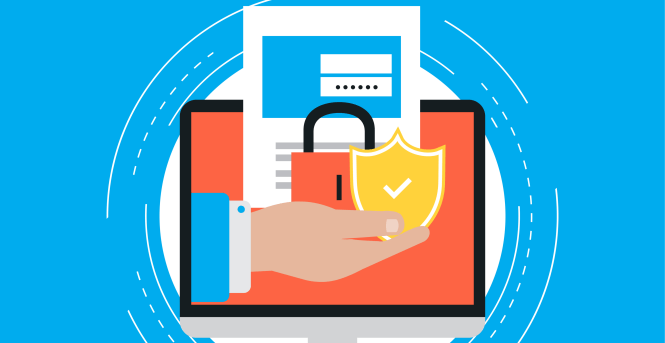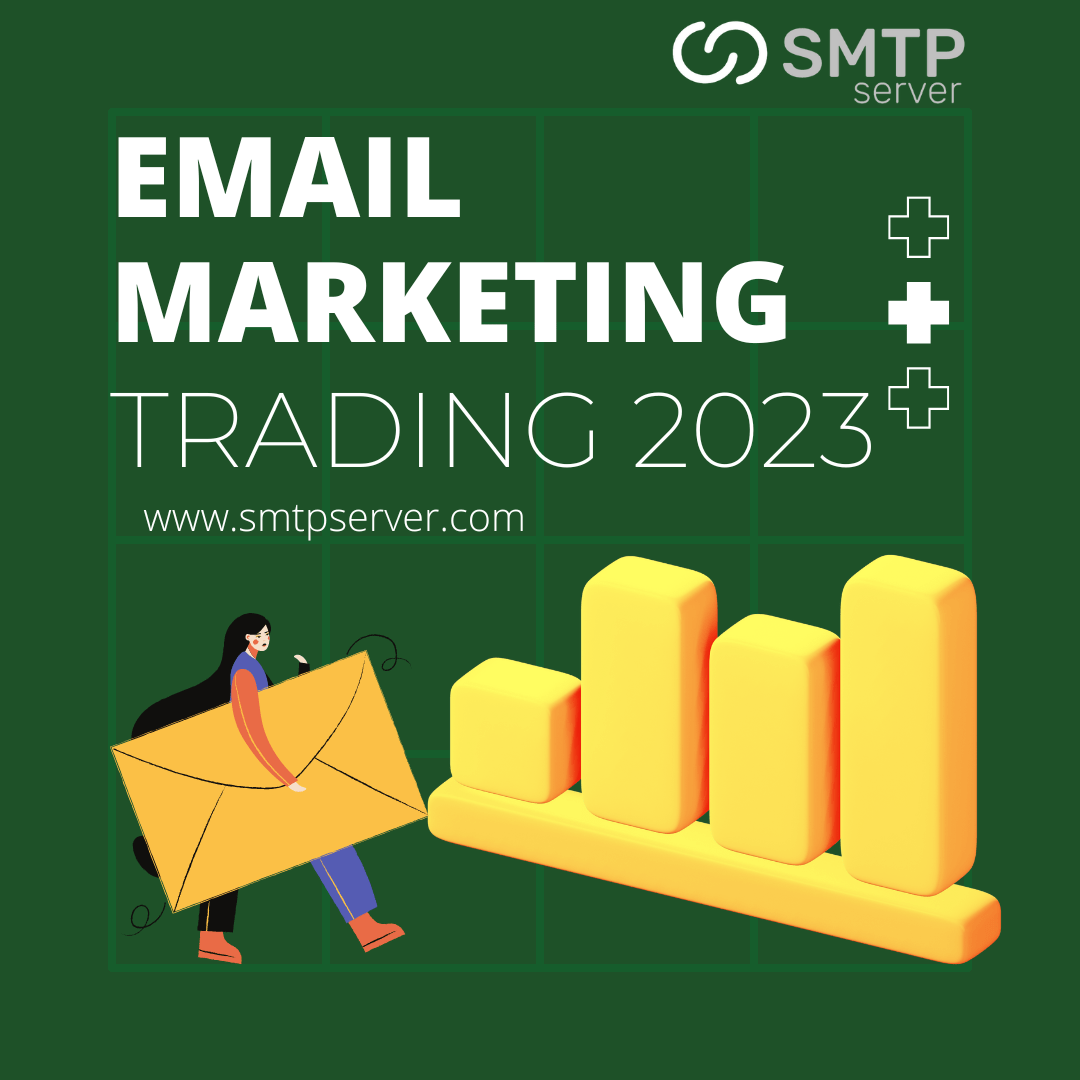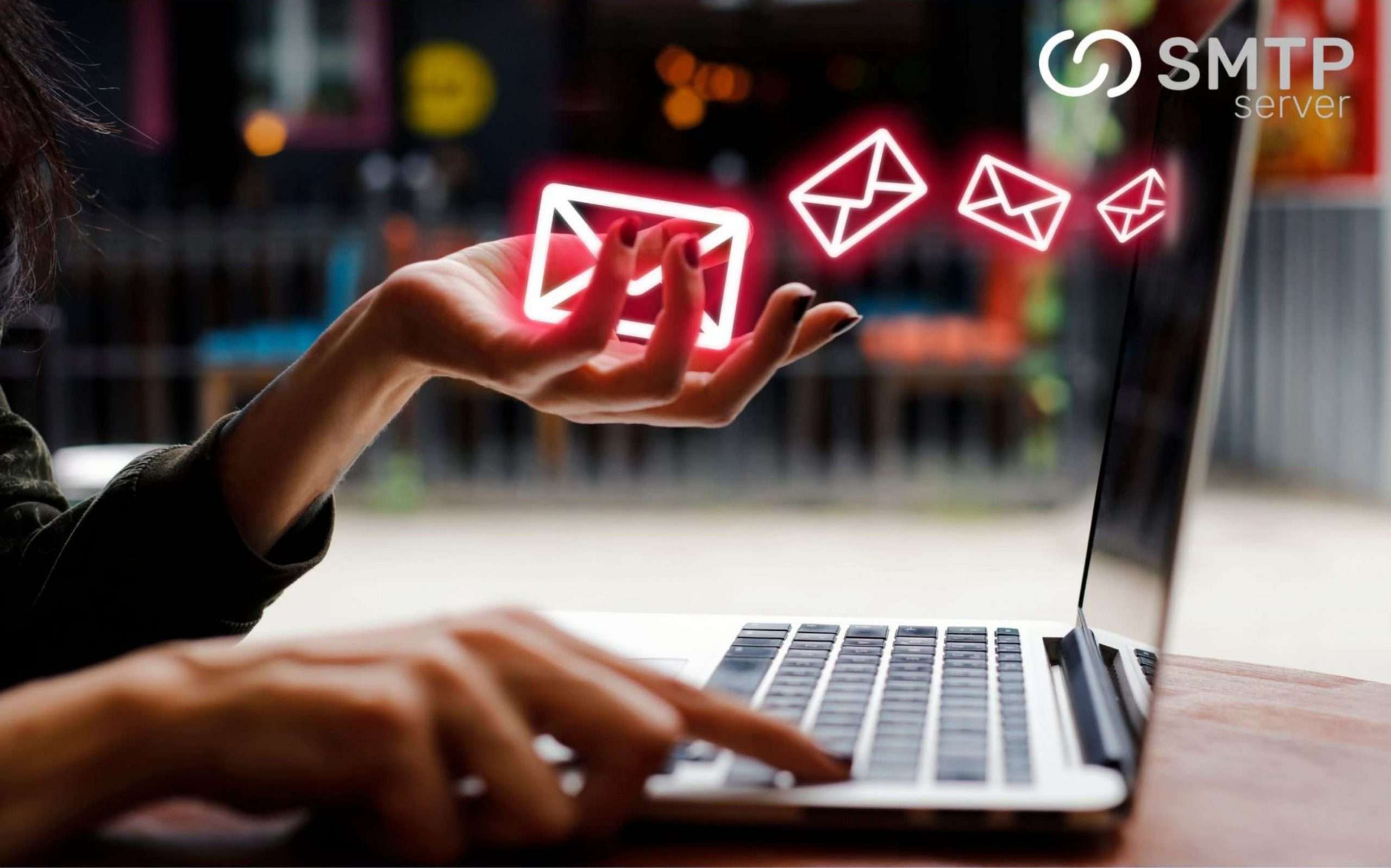20,951 total views, 20 views today
Best Practices for Permission Marketing in Today’s Big Data World
So, what exactly is permission marketing, and how can it help you deal with the marketing issues of the modern, privacy-conscious era?
“Permission Marketing: Turning Strangers Into Friends and Friends Into Customers,” written by Seth Godin, has helped businesses “get in front of the digital revolution” by altering how they view their clientele.
Permission marketing, as described by Godin, is a type of marketing in which customers actively consent to receive advertisements. You’ve probably seen numerous advertisements from businesses offering discounts in exchange for following them on social media or signing up for an email newsletter. It is deeply rooted in our culture.
Permission marketing is distinguished from other forms of consumer outreach by the fact that its target audience is already interested in what the marketer has to offer. Nobody would sign up for your company’s newsletters, emails, or social media unless they were already interested in what you had to offer. As it is typically conducted using digital communication technologies, it also has the advantage of being a cheap approach to establishing meaningful connections with people.
It’s the polar opposite of “blind marketing,” or “direct marketing,” in which the sole common denominator between customers is their postal code.
While there’s no disputing Godin’s book has been a staple for marketers ever since its publication 23 years ago, the fact remains that it hasn’t changed much.
An unprecedented technological earthquake, in the Y2K period, shook the foundations of our civilization at that time. Even while most marketers have been keeping up, the environment in which they operate, including social media and data protection legislation, is undergoing rapid transformation.
Permission marketing, in which customers give their OK before they’re subjected to advertising, is as important as ever in the modern era. Brands can keep up with the rapid pace of change while still focusing on their most valuable asset—the customer—by implementing and modifying permission marketing strategies.
Below, we’ll examine some of the projected issues ahead for the sector, along with some best practices for addressing them with permission marketing.
The Data Privacy Movement and Social Data Collection

Every salesperson will tell you that the more information you have about a potential client, the better. Over the past decade, several businesses have learned particularly about their clientele from social media data.
Primarily, companies leveraged this information to develop a mutually beneficial partnership with their clientele in the form of targeted advertising. People shared their opinions on social media, and businesses learned what their customers liked and didn’t like to better target their marketing efforts.
In 2019, Meta, which owned WhatsApp, Messenger, Facebook, and Instagram, experienced a massive data leak, leading to a mass exodus of users and increasing worries about data protection.
Furthermore confusing the situation is the fact that Apple anticipated two methods to profit from Meta’s downfall. As a first step, they introduced a brand-new advertising campaign with the promise of increased privacy as its central feature. Users were given more say over the collection and use of their data, which Forbes claims had a profound effect on other businesses and reduced the ROI of advertising by 38%.
Apple’s second advantage was that it was able to work with third parties, such as Singular, to access ways to model and analyze this newly absent data, which kept other brands out of the advertising game.
Alert for Emerging Resources
Unfortunately, the cost of these critically essential data collection technology is beyond the means of many businesses. The best…tactics are those that assist your audience go faster, cut expenses, solve business problems, or achieve a competitive edge,” said Annie Wissner, chief marketing officer at Avenue 10 and vice president of marketing at High-Level Marketing. Your content can be in any format you like, from a blog post to a podcast to a webinar to a newsletter, as long as it is informative, entertaining, and useful to your target demographic.
Your company’s current strategy should be evaluated against these criteria, and if they fall short, adjustments should be made to its allocation of resources.
Permission marketing has many uses, and email subscriptions are one of the most tried and proven. Email marketers need to step up their game in order to capture the interest of today’s youth. Generation Z sees anywhere from one to twenty emails every day, while Millennials see anywhere from six to fifty. And getting them to even open an email is a long shot.
However, this doesn’t mean that email isn’t appreciated by these demographics, therefore businesses shouldn’t stop using it. MediaPost reports that over 66% of millennials and 53% of generation Z members are interested in weekly email marketing.
Since it is becoming increasingly important to maintain content structure across many communication channels, Wissner praised email as a useful tool due to its search capabilities and ease of organization.
She argued that while email has its benefits, other channels, including Slack and social media, might be a little more appealing to younger audiences since they allow for a more instantaneous response to a query, concern, or opinion.
For instance, some businesses maintain a presence on Facebook Messenger so that customers may contact them with questions about their orders, and they also utilize Messenger to send out promotional messages straight to consumers. But recently, digital conferences have begun using Slack to announce details about the event and give out prizes based on how active attendees are in the conference’s various chat rooms.
Remember to Look for Your Clientele
Companies can initiate and continue interactions with customers in their sales funnels through the use of permission marketing. However, omnichannel marketing initiatives will assist customers in completing the sales funnel in this age of increasing blurring between the digital and physical.
Using an omnichannel strategy with your permission marketing, was another piece of advice from Wissner for marketers on this topic. Permission marketing is, in many respects, the foundational principle of omnichannel, in which the company meets the customer wherever they may be.
Distribution veteran John McClymont (15 years!) agreed with you. It’s crucial to provide a positive and consistent experience for customers, he stressed.
Many of today’s younger consumers, for instance, devote a great deal of their time to social media. Forrester found that 61 percent of American consumers under the age of 25 had made a purchase on a social media app after major platforms including Facebook, Instagram, Snapchat, TikTok, and Twitter introduced eCommerce capabilities.
“Today, customers connect across various channels, and firms need to assure consistent experiences at each interaction,” Wissner added. This emphasizes the need of adopting an omnichannel approach to your communication strategy.
Compliance with data rules, such as the General Data Protection Regulation (GDPR, covering Europe), the California Consumer Privacy Act (CCPA), and others, is an additional issue for businesses to consider when using permission marketing as the first step in their sales funnel.
The days of your marketing materials simply being viewed in your area are over, thanks to the internet and the possibility of your product going viral.
Wissner claims this is especially important for entrepreneurs to consider. Even if your business is situated in the United States, it might still be subject to fines of up to €20 million if it fails to comply with GDPR.
Issues of Ethics and Emerging Methods of Information Collection
Permission marketing necessitates a high degree of personalization, which is typically achieved through the use of data. However, after speaking with Wissner and McClymont, as well as merely observing the current state of the digital landscape, it is obvious that the methods through which we previously gathered information are evolving.
Consumers, on the one hand, are growing more tech-savvy and are increasingly protective of their personal data. And other businesses, like Apple, are responding to this demand with privacy-centric marketing and product design.
However, as McClymont pointed out, data collection is intrinsic to all of our technologies, making it nearly difficult for the average customer to avoid disclosing at least some information whenever they use the internet.
We can expect this chasm to widen in the future. Companies, however, have a couple of options for getting ready.
The first is to safeguard sensitive information by using either zero-party data or blockchain technology. The second step is to initiate the process through which customers can share or sell their data to you (via surveys, interviews, zoom focus groups, etc.).
In the spirit of permission marketing, being open and honest with your customers is always appreciated. Assuming they have a positive experience with your business and offerings, customers are more likely to share their information with you rather than a third party (who might sell that data over and over again).
There appears to be a net gain for all parties involved, as customers gain agency over and are compensated for their data while businesses gain timely insights from their clientele at no extra cost.
As a Closing Remark
The internet and its surrounding infrastructure are constantly evolving. Consumers are growing more computer savvy and are looking for new ways to protect their data, while regulations and some corporations are adjusting to suit these needs.
Even though it’s been around for a while, Godin’s idea of permission marketing can help businesses chart a course that will lead them to success in the ever-evolving world of digital marketing.





